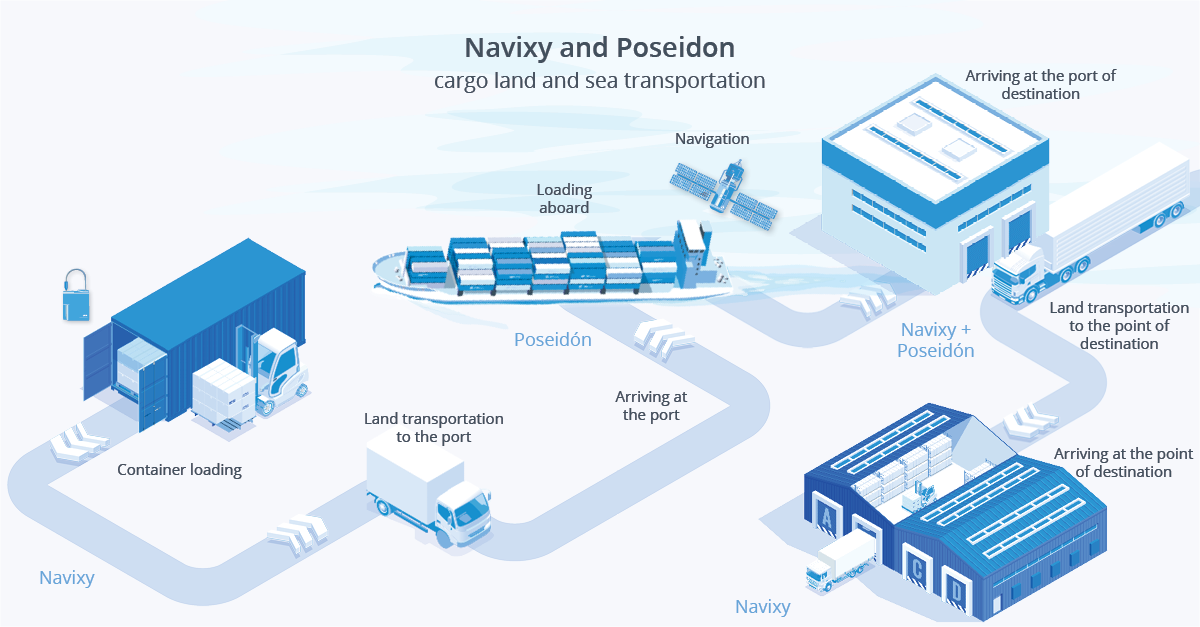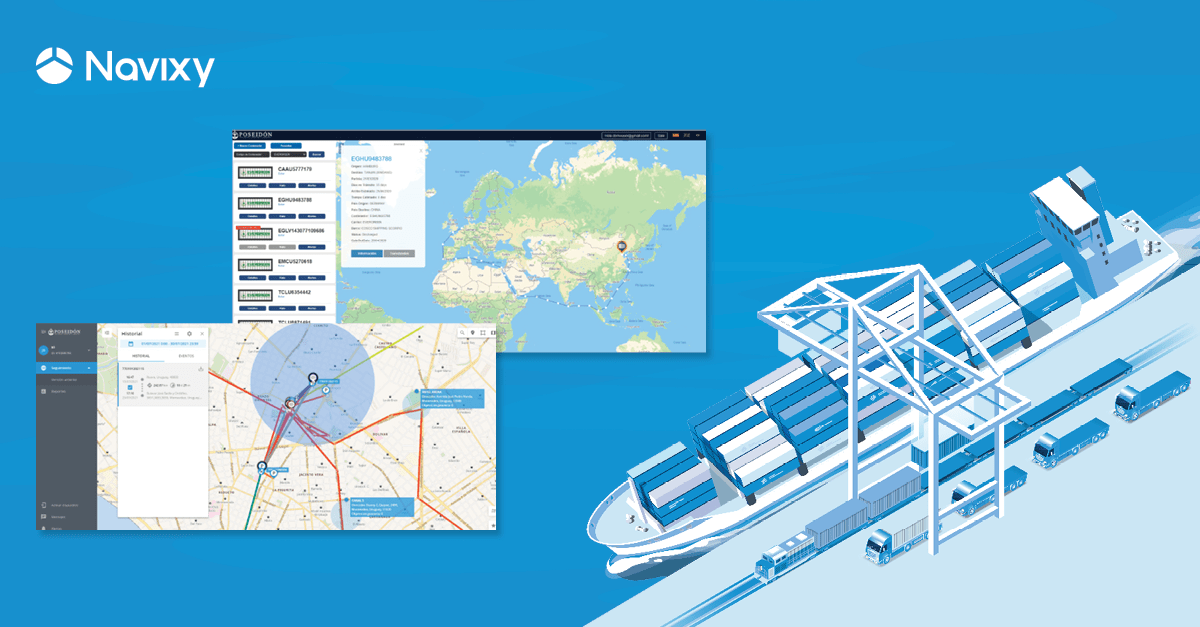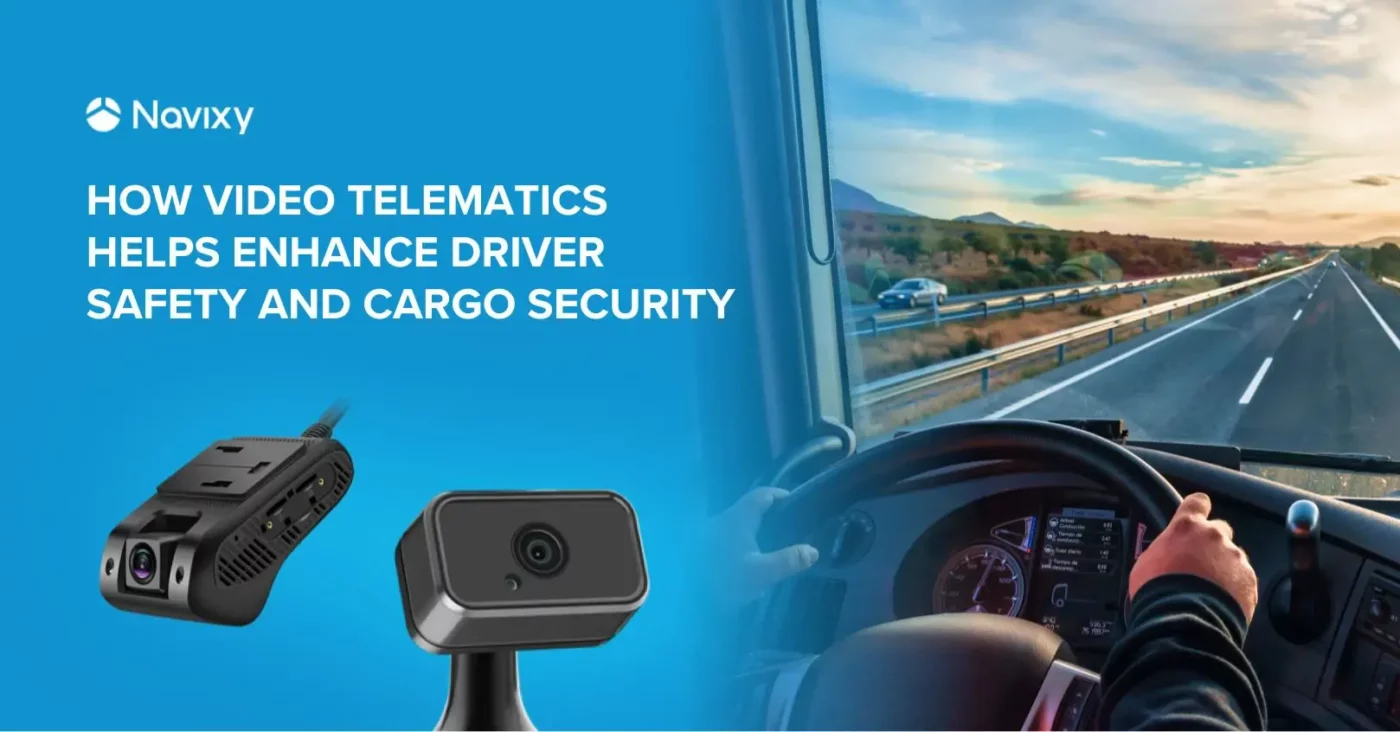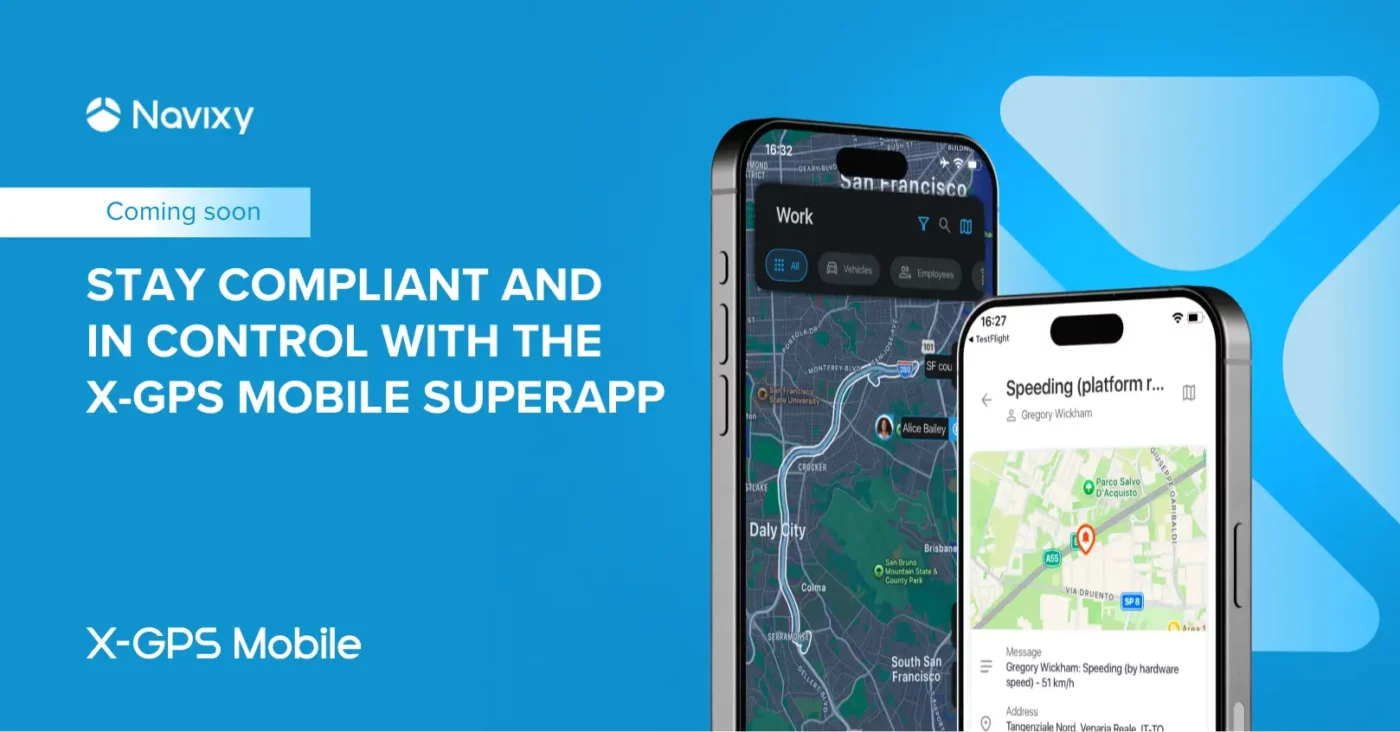Currently, over 90% of international trade takes place by sea. And like most other industries, it is also rapidly transforming thanks to a variety of technological innovations aimed at making its processes more efficient at a lower cost.
The transformation of maritime logistics with IoT consists in providing real-time availability of information from ports, ships, containers, exporters, importers, customs and automating the processes.
Poseidón Traffic is focused exactly on this. This Uruguayan company is constantly working to implement innovations and provide the maritime industry with all the information necessary to improve its management and make more efficient strategic decisions.

This platform has allowed multiple companies to reduce their costs, manage their logistics and administration of their cargo in a simple and intelligent way starting from the port of origin, during the transport of their containers by sea and their arrival at the destination port.
Challenges
One of the biggest challenges faced by sea freight companies is that it is impossible or very difficult for them to track a container from end to end. That is, from its loading and sealing on land, during its journey at sea, and, finally, to its unloading at the port and delivery to the final destination.
In early 2021, Poseidón identified a weak point in sea transport logistics: there was no unified last-mile tracking system. They found out that while shipments could be tracked via land with some other mobile tracking solution, there occurred moments of disconnection.
Those "exchange" points for loading and unloading from land to sea or vice versa, were vulnerable to manipulations. There was a security hole and there was no way to close it because their own platform and those existing in the market were operating independently of each other. The sea was disconnected from the land.
The search for unification
Unifying land and sea is essential for analysis for customs, legal, financial purposes and even for insurance policy claims processing. The Poseidón team was well aware of this need and they began to venture into the possibility of adding land tracking to their platform.
In mid-2019, Poseidón reviewed the available devices and their characteristics so that they could be used for land and sea transport. The team also analyzed the possibility of opening a land development division and creating their own module for their software.
After a couple of months of analysis, Poseidón decided to search for a white label land-based asset tracking platform that would allow them to work on land with the same parameters they had at sea.
Navixy + Poseidón: Maritime logistics with IoT
Finally after a thorough analysis of four platforms, Poseidón decided to collaborate with Navixy as this company provides them with:
- A reliable, user-friendly platform
- A customer service team with extensive land tracking expertise, fluent in Spanish, and available in their time zone
- Wide range of integrated devices
- Various platform functions such as geofences, processing of large amounts of information, alerts and parameterizations of open configurations
- Versatility of API calls for information management
Poseidón worked hard in collaboration with our development team to interconnect both platforms and form a new unified ecosystem of maritime and land logistics.
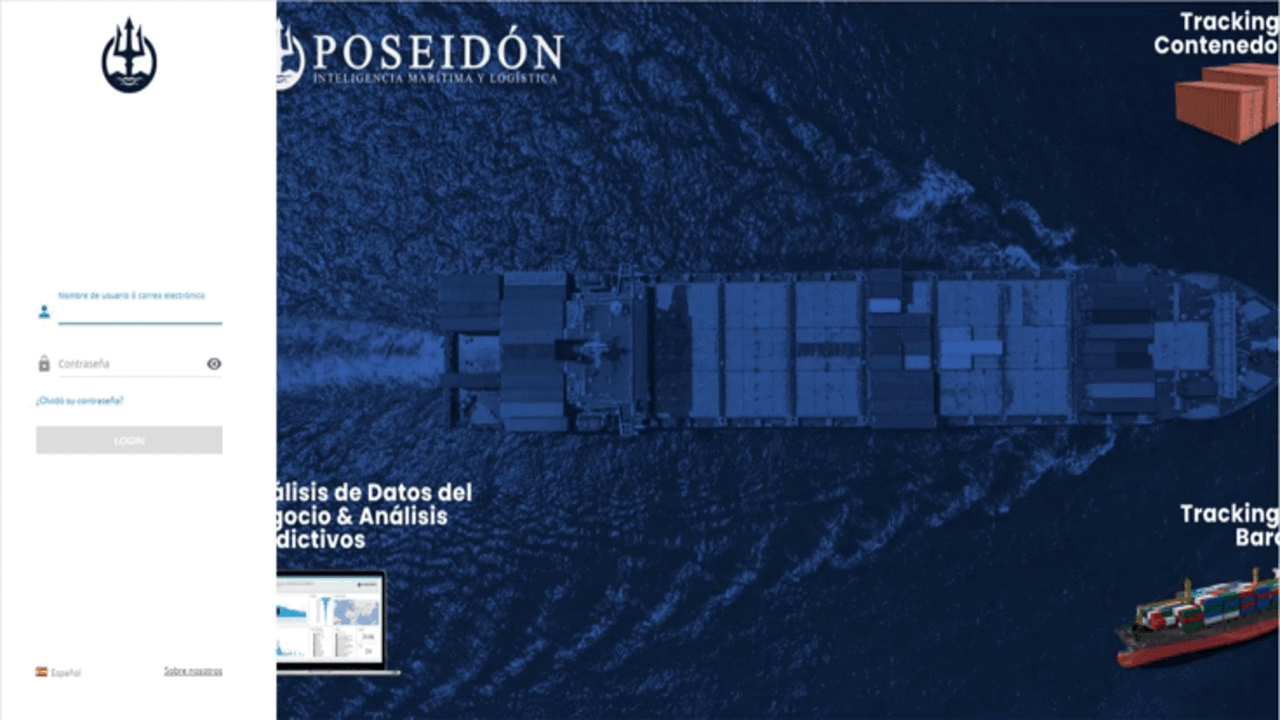
How it works
GPS tracking belts or seals are an optimal and cost effective tool for securing valuable assets such as shipping containers. Poseidón chose to use them to quickly and easily seal and connect the containers to the platform.
Each seal is assigned a placement manager, a customs broker who undersigns as a legal entity, and an exporter who also undersigns as a legal entity. This information is electronically documented on the platform.
The device begins to emit a signal once it is placed. It uses the Global Positioning System (GPS) to determine the container's location in real time at sea and transmits this data to Poseidón’s tracking software division. And when containers are in port or on a land delivery route, they connect to the antenna network and transmit data to Navixy’s software division. The state of the seal is monitored without communication loss.
In situations when a container arrives at the port or if it stops in a certain area, or to report on restriction areas through which cargo may go, for example, borders, geofences are also used. In addition, automated rules are used so, for example, the frequency of alerts or notifications generated by the seal is changed to save battery life.
Navixy is constantly researching various industries our partners operate in. So, thanks to technologies such as Artificial Intelligence and Poseidón's Big Data, combined with our tracking platform and cargo and container tracking devices, we can now transform and unify maritime logistics using IoT in Latin America and around the world.
Do you have a similar opportunity that can transform a whole industry? Contact us and let's start working on your next disruptive IotT project.
